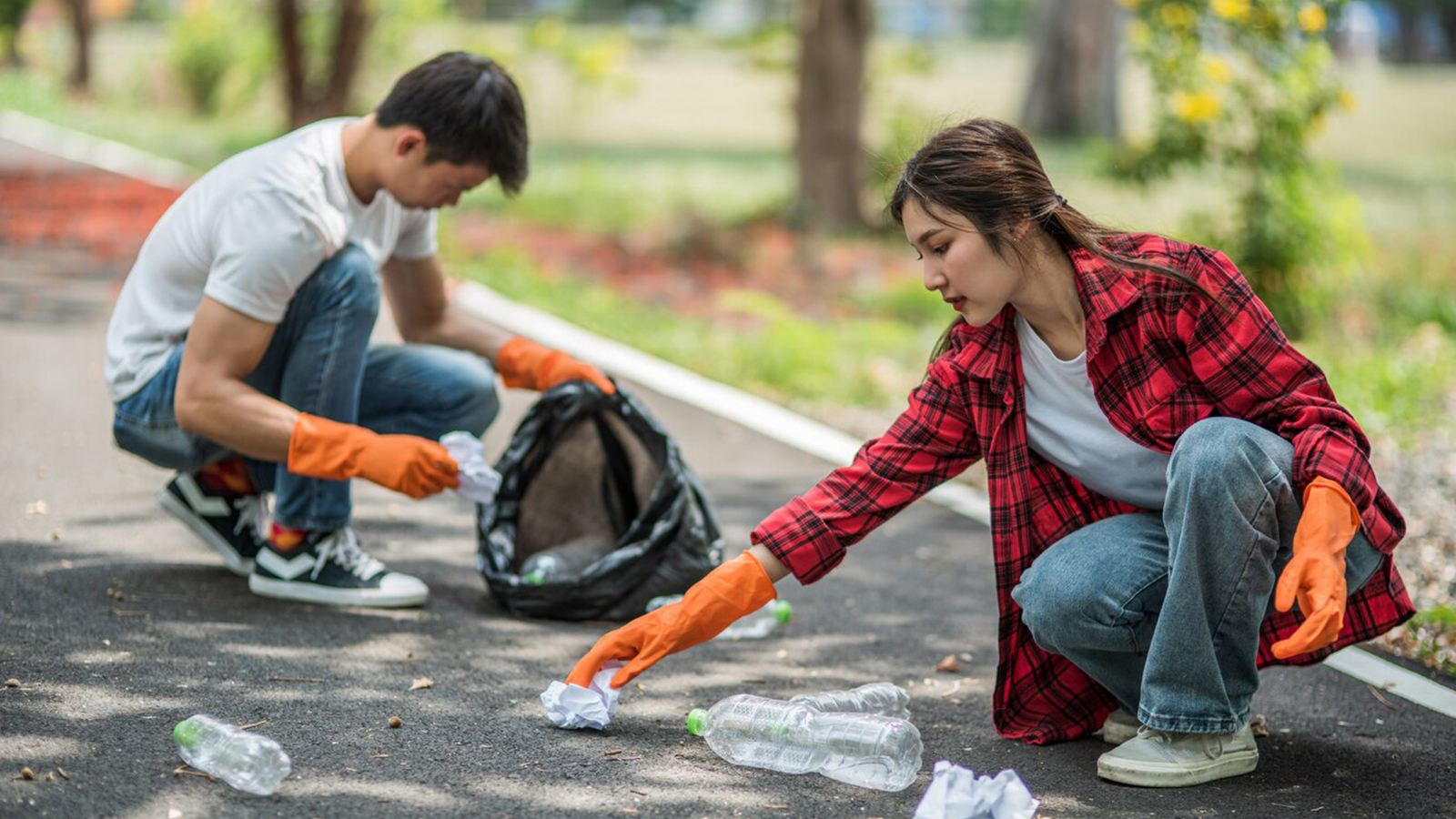Understanding Road Hygiene: The Basics of Keeping Our Roads Clean
Road hygiene, often overlooked, is a critical aspect of urban and rural infrastructure. Clean roads not only contribute to the aesthetic appeal of a city or town but also play a vital role in public health, safety, and environmental sustainability. This article will explore the basics of road hygiene, why it matters, and how communities can work together to maintain cleaner roads.
1. What is Road Hygiene?
Road hygiene refers to the practices and measures taken to keep our roads free from litter, debris, pollutants, and other unwanted materials. This includes regular cleaning, waste management, and pollution control. Road hygiene is an essential part of urban maintenance, ensuring that public spaces remain safe, functional, and visually appealing.
2. Why is Road Hygiene Important?
- Public Health: Roads littered with trash can harbor pests and diseases. Proper road hygiene reduces the risk of exposure to harmful bacteria, viruses, and other pathogens.
- Safety: Debris on roads can cause accidents, especially for cyclists and pedestrians. Clean roads help prevent these hazards, reducing the likelihood of injuries and fatalities.
- Environmental Impact: Road pollution, including oil spills, trash, and chemicals, can seep into the soil and waterways, harming wildlife and ecosystems. Maintaining road hygiene helps protect the environment.
- Community Aesthetics: Clean roads contribute to the overall appearance of a community, boosting local pride and encouraging tourism and economic growth.
3. Common Challenges in Maintaining Road Hygiene
- Littering: Despite public awareness campaigns, littering remains a persistent problem. From plastic bottles to cigarette butts, discarded items accumulate on roadsides, making maintenance a continuous challenge.
- Illegal Dumping: Some individuals and businesses dispose of waste illegally, creating eyesores and health risks in public areas.
- Weather Conditions: Natural elements like wind and rain can spread litter and debris across roads, complicating cleaning efforts.
- Limited Resources: Many municipalities struggle with budget constraints, limiting their ability to perform regular road cleaning and waste collection.
4. Effective Strategies for Road Hygiene
- Public Awareness Campaigns: Educating the public about the importance of road hygiene and the consequences of littering can help reduce the amount of waste on roads.
- Regular Cleaning Schedules: Municipalities should establish and adhere to regular road cleaning schedules, including street sweeping, trash collection, and debris removal.
- Community Involvement: Engaging local communities in road-cleaning efforts, such as organizing neighborhood cleanups or adopting a street, can foster a sense of responsibility and collective action.
- Proper Waste Disposal Facilities: Providing adequate waste disposal bins and recycling options in public areas can encourage people to dispose of trash properly.
- Enforcement of Anti-Littering Laws: Strict enforcement of laws against littering and illegal dumping can deter individuals from polluting public spaces.
5. The Role of Technology in Road Hygiene
Advancements in technology have made road hygiene more efficient. Automated street sweepers, smart waste bins that notify when they're full, and drones for monitoring road conditions are just a few examples of how technology is improving road maintenance. These innovations not only make the process more effective but also reduce the burden on human resources.
6. How You Can Contribute to Road Hygiene
Everyone has a role to play in maintaining road hygiene. Simple actions like disposing of waste properly, participating in community clean-up events, and reporting illegal dumping can make a significant difference. By being mindful of our actions, we contribute to safer, cleaner, and more pleasant public spaces.
Conclusion
Road hygiene is a shared responsibility that requires the effort of individuals, communities, and governments. By understanding the importance of clean roads and taking active steps to maintain them, we can create healthier, safer, and more beautiful environments for everyone. Let’s work together to keep our roads clean and contribute to the overall well-being of our communities.

